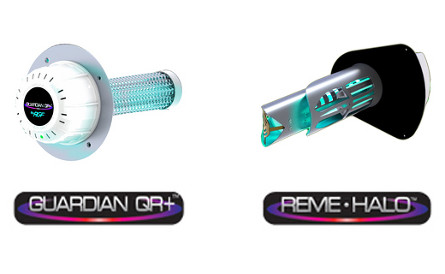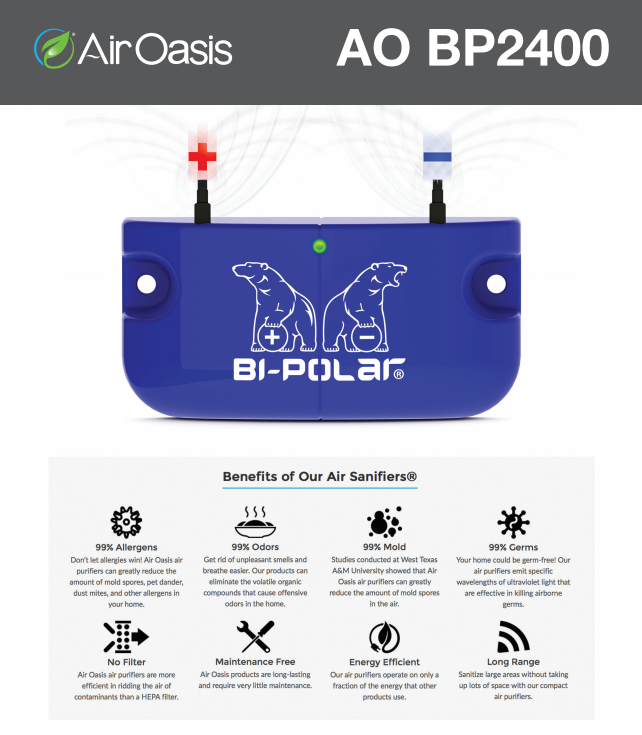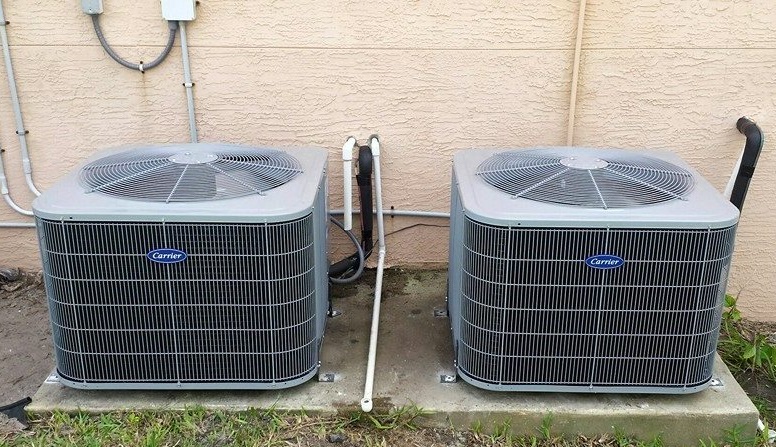Need Our Help?
Air Purifiers


Poor Indoor Air Quality Can Threaten Your Health
Breathing contaminated air puts the health of you and your family at risk. In fact, the American College of Allergists says that 50% of illnesses are caused or aggravated by polluted indoor air. So take control of your indoor air quality by reducing pollutants that can contribute to headache, lung irritation, and fatigue as well as more long-term conditions such as asthma, allergies, and infectious diseases.
Indoor Air Pollutants
There are 3 types of indoor air pollutants – Particulates, Microbials, and Gases. Therefore, in order to make an apples-to-apples comparison, we must compare what each type of indoor air quality product is attempting to do.
There is an industry rule of thumb:
“If it is alive you have to kill it.”
“If it is dead you have to trap it.”
Particulates
Particulates are tiny particles suspended in the air. Common particulates include residential pollen, dust mites, dust, smoke, and dander (skin flakes). Particulate diameters are measured in microns and range from .001 to 1,000 microns. These dimensions represent the continuum from a few molecules up to the size where particles can no longer be airborne.
Microbials
These are bacteria, germs, viruses, fungi, spores, and mold. Although bacteria are small in size and usually microscopic, they have an amazing ability to do damage to all living organisms including humans. Many everyday illnesses are also caused by viruses like the common cold or the flu. Mold can be a dangerous allergen, cause infections, and destroy property requiring extensive repair and rebuilding.
Gases
Indoor odors are caused by things like pets, cooking, the garbage that exists in every home and office. Gases, such as benzene, formaldehyde, chloroform, hydrogen sulfide, ammonia, etc., are released from furniture, cabinets, carpets, cleaning chemicals, insulation, insect sprays, hair sprays, etc. Manufactures use chemicals to make these products and they off-gas, or evaporate, these chemicals into the air in your home.
Indoor Air Quality Facts
People spend 75-90% of their time indoors.
Exposure to airborne contamination is considerable.
Each person inhales over 3,500 gallons of air each day. Children inhale more particles for their size than adolescents or adults.
Polluted air causes 94% of all respiratory problems.
More than 31 million Americans have been diagnosed with asthma, about 1/3 are children under 18.
About 40,000 dust mites, a common household allergen, can live in one ounce of dust.
An estimated 10-15% of the entire population may be allergic to cat or dog dander.
A person sheds up to 700,000 skin flakes per day
OUR CLIENTS LOVE US
“their ability to do a fast professional job that gets me back up and Cooling and I’m not sweating to death in the summer heat”
Rodd Westpfahl
“Called today and Kathy sent out James same day i called which is amazing since it is the Middle of Summer. James got our unit working in less than am hour. Highly recommended. Very punctual and polite .”
Amber Wilson Davis
“Just call them. Amy was amazing and helpful in getting a same day response. Technician was courteous, professional, honest and efficient. Have never had an issue and always exceed expectations.”
Bryan Thomas







